Before you start collecting willow-tea, you need to find out what time is most suitable for preparing tea, as well as how to properly collect raw materials and when.
Content
Harvesting time in different regions of Russia
When collecting raw materials for making a healthy drink, few know, but those living in the south of Russia, in its central part and in the Moscow region, may notice that the plant begins to bloom, usually in late June and lasts for another month. The leaves are considered the most suitable for tea, but some prefer to harvest and inflorescences.
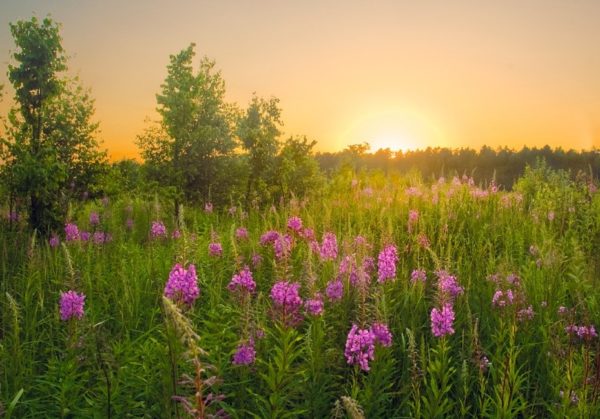
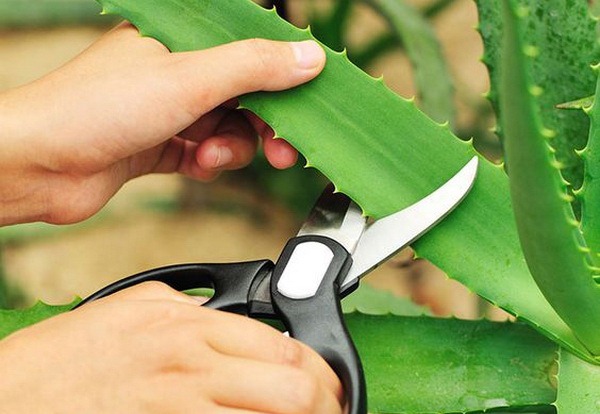 You may be interested in:
You may be interested in:Greens are recommended to be harvested at the end of June, just as ivan tea begins to bloom. To make the drink environmentally friendly, you must find a clearing as far as possible from the tracks and plants.
It is better if there is a clearing in the forest or near the landing. Ivan tea grows more readily in bright places, so you should pay attention to the sunny edges in the forest.
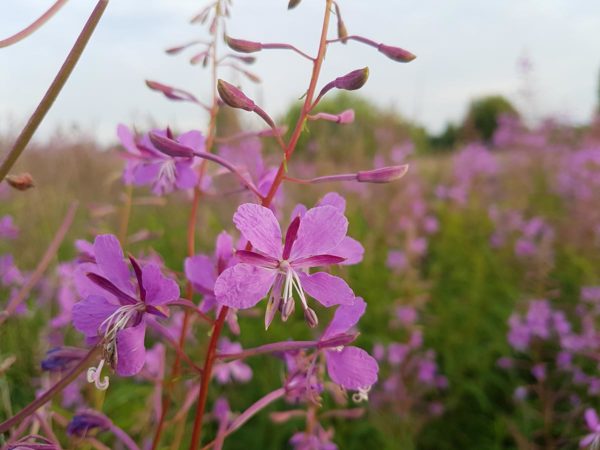
Leaves of Ivan tea acquire healing properties only during flowering. In the Urals, it begins around mid-July and lasts until mid-August - early September. It is worthwhile to look at the weather conditions in order to correctly determine the time when it is time to collect raw materials for making healthy tea.
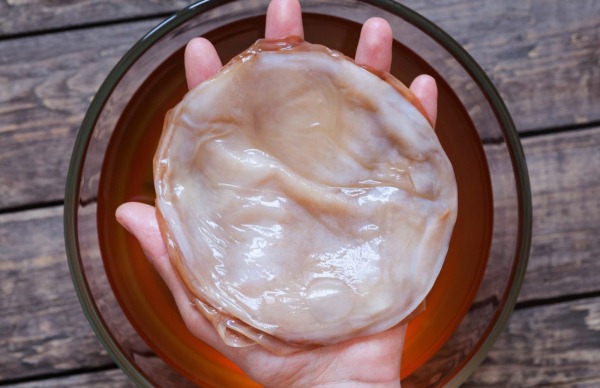 You may be interested in:
You may be interested in:When to collect
The habitats of Ivan-tea - sunny glades, undergrowths, forest edges, logging sites, fields and drained swamps - all those corners where there is a lot of light. Fireweed is a fairly tall plant, it can stretch 1.5 meters in height. If the grassy representative is stunted in a dark forest, he will pass by, as such grass does not have useful components.

Healing in a fire is almost all elements - the stem, leaves and flowers. Ivan tea leaves and buds are collected during flowering, usually in June-July (in the Leningrad region this period is slightly shifted to early August). When the flowers fade, there will be fluff that is not medicinal, so you should not delay the collection of raw materials for tea.
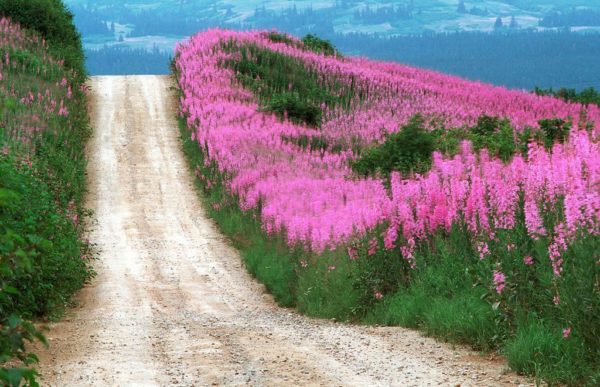 It is recommended to choose a place of habitat remote from industrial enterprises and places of car passage. Although biologists claim that ivan tea does not absorb toxic substances, a lot of dust settles on the leaves near the roads, which is problematic to wash off.
It is recommended to choose a place of habitat remote from industrial enterprises and places of car passage. Although biologists claim that ivan tea does not absorb toxic substances, a lot of dust settles on the leaves near the roads, which is problematic to wash off.
Raw materials must be harvested early in the morning after the dew has dried. When the raw materials are going to be used for medicinal purposes, flowering tops along with the stem and upper leaves are taken as blanks. No less useful and blanks individually leaves or flowers.
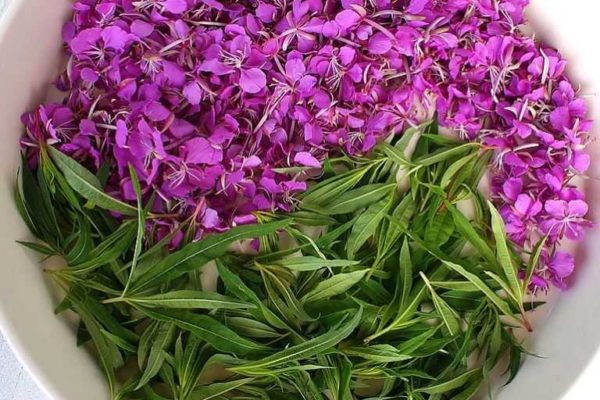
The resulting blanks after cutting should be placed in the shade, and then carefully transported to the place of drying.
How to prepare
The leaves of the fireweed are neatly laid out in the attic, in a ventilated room or on the street under a canopy. To tea has not lost useful properties, you need to lay paper or cotton cloth, and lay out flowers and leaves in a thin layer.
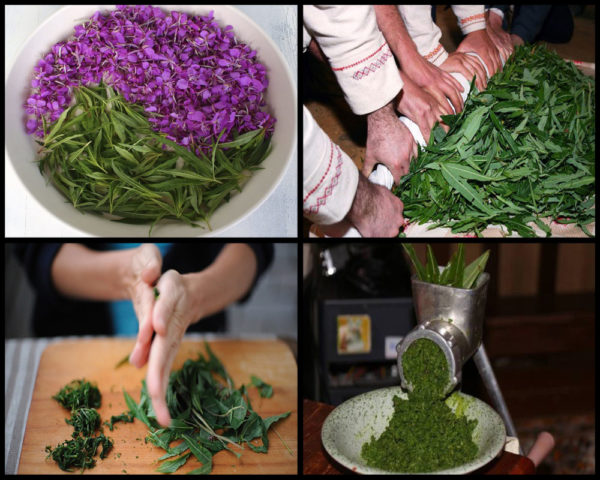
An oven or oven may also be suitable for drying, but the temperature should not exceed 50 ° C. Therefore, it is necessary to keep the door open, otherwise the raw materials will deteriorate.
If the leaves of the fireweed are well dried, then they easily crumble. A sign of stalk readiness - crackling is heard when they are broken. Dried flowers have a pleasant honey smell and an attractive lilac shade.
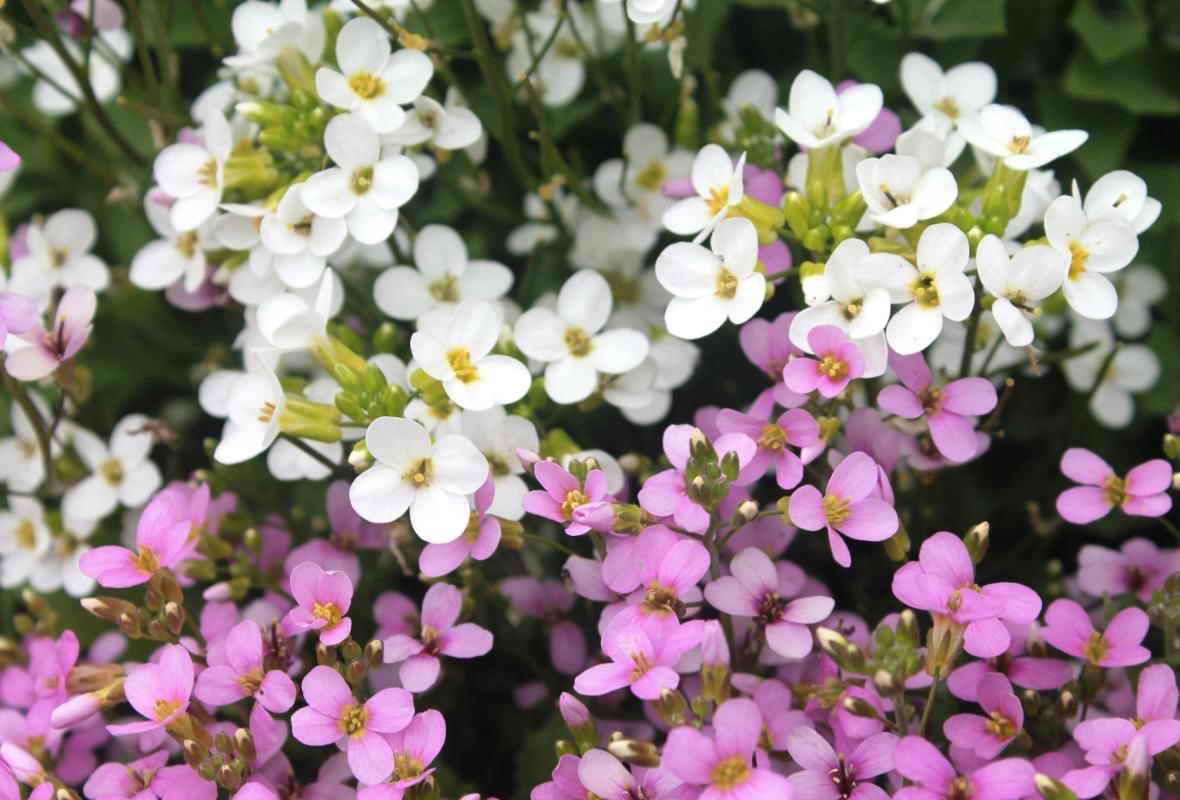 You may be interested in:
You may be interested in:The procedure for the preparation of raw materials for tea
“Koporye tea” made from fireweed was very popular in Russia and beyond. It is noteworthy that the recipe for its preparation has been preserved to this day.
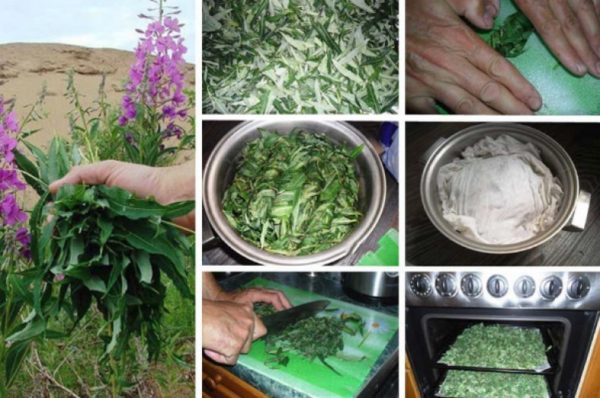
The methods for preparing a fireweed for making a tea drink differ from how it is prepared for medicinal purposes:
- The procedure for collecting leaves is that the top of the plant is carefully held with one hand, and the fingers of the other hand, tightly closed on the stem, move from top to bottom. Collected material remains in the palm of your hand, and the remaining stem can continue to grow and produce new leaves.
- The resulting material is placed in large bags and then delivered to the place of processing. Some believe that raw materials should also be washed to prevent ingress of dirt. However, along with water, beneficial bacteria also leave, which help the healing elements to survive. To avoid additional procedures, it is better to collect willow tea in an environmentally friendly place.
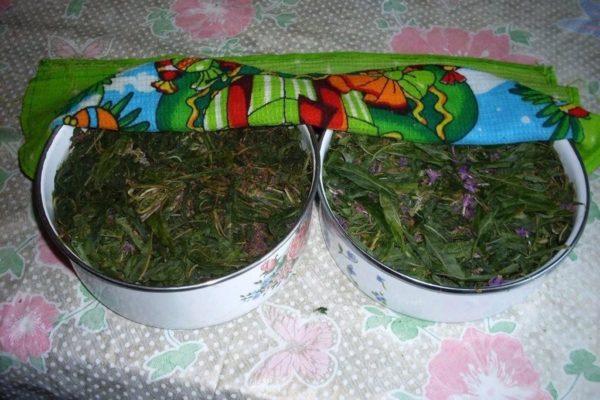
- The leaves of the fireweed should be slightly dried in the fresh air, and then placed in a bag made of polyethylene and mashed, as is done with fresh cabbage, so that it gives juice. Branches and leaves of Ivan-tea also begin to secrete fluid when the original cell structure breaks down.
- At the next stage, sausages are twisted from the leaves. This is best done on a glass cutting board. As a result of twisting, a little juice is released.
- The resulting sausages are stacked in a pan or barrel made of non-oxidizing material. Then the leaves are crushed by oppression and left for about a day in a warm place. Heat is needed so that bacteria begin to interact with oxygen. Fermentation occurs as a result of this chemical reaction.
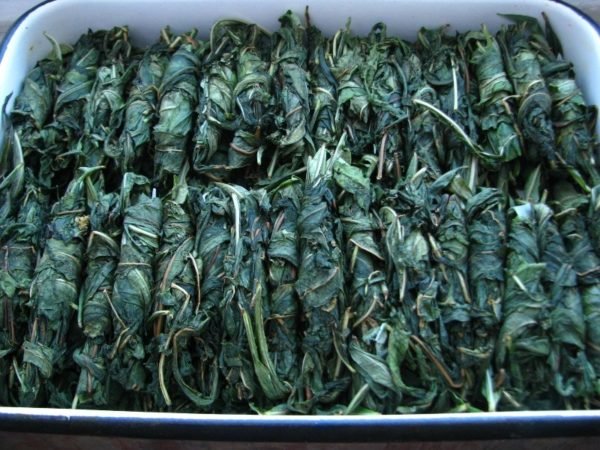
- The fact that the fermentation process has come to an end, experts will know by smell. At the beginning of the harvesting from the leaves there is a characteristic herbal smell, but as the preparation begins, the aroma of fruits with a slight acidity begins to appear.
- Cooked sausages from green plants are cut into straws. The resulting raw materials must be decomposed on a baking sheet or sheet covered with parchment. Baking sheets are placed in the oven and dried at a temperature of 50 ° C, opening the door. Another way to dry fireweed is in the open air, but at the same time, direct sunlight should not fall on it.
- For future tea to dry well, it must be periodically mixed.
- When most of the leaves have dried, they are removed from the oven and left to air dry.
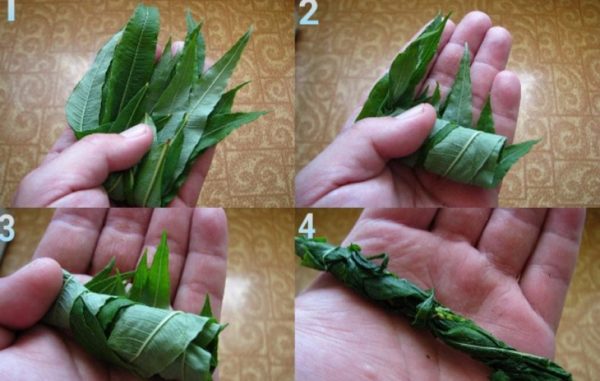
How to store
If the willow-tea is prepared for treatment, it is folded in paper bags or bags of cotton fabric. Fermented fireweed is well stored in glass jars, from which you can screw the lids.
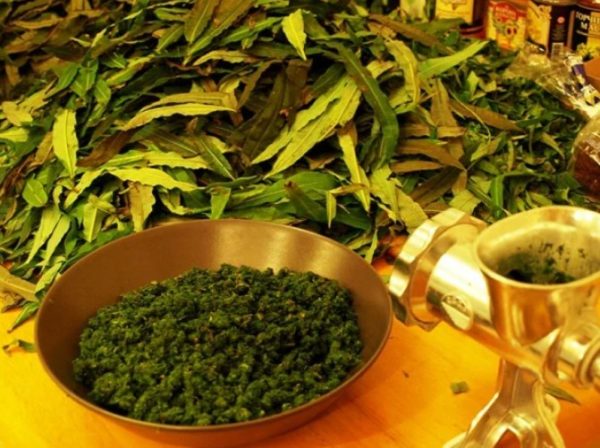
When to collect Ivan tea for making vitamin healthy tea, consider the region of the country. In its southern part, this is June-July, but in the Nizhny Novgorod and other northern regions, the harvest season is delayed until mid-August. It has a cooler climate, cold nights and daytime temperatures lower than in the middle and southern strip of the Russian Federation.


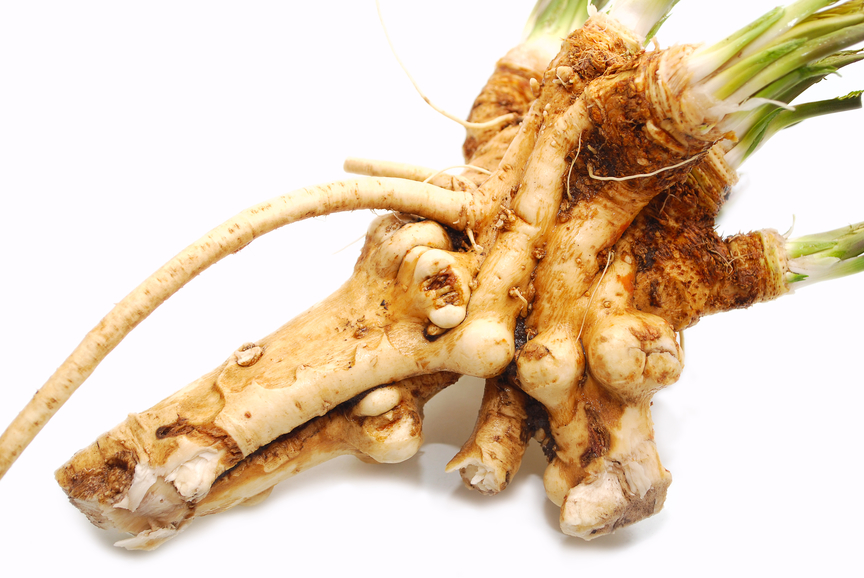
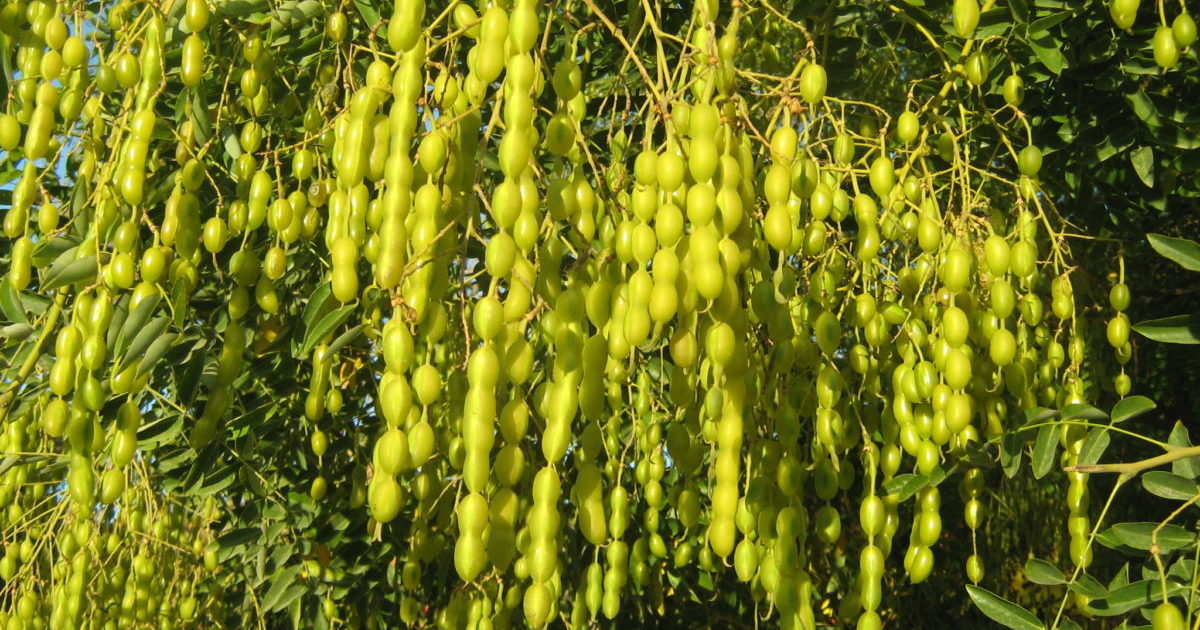
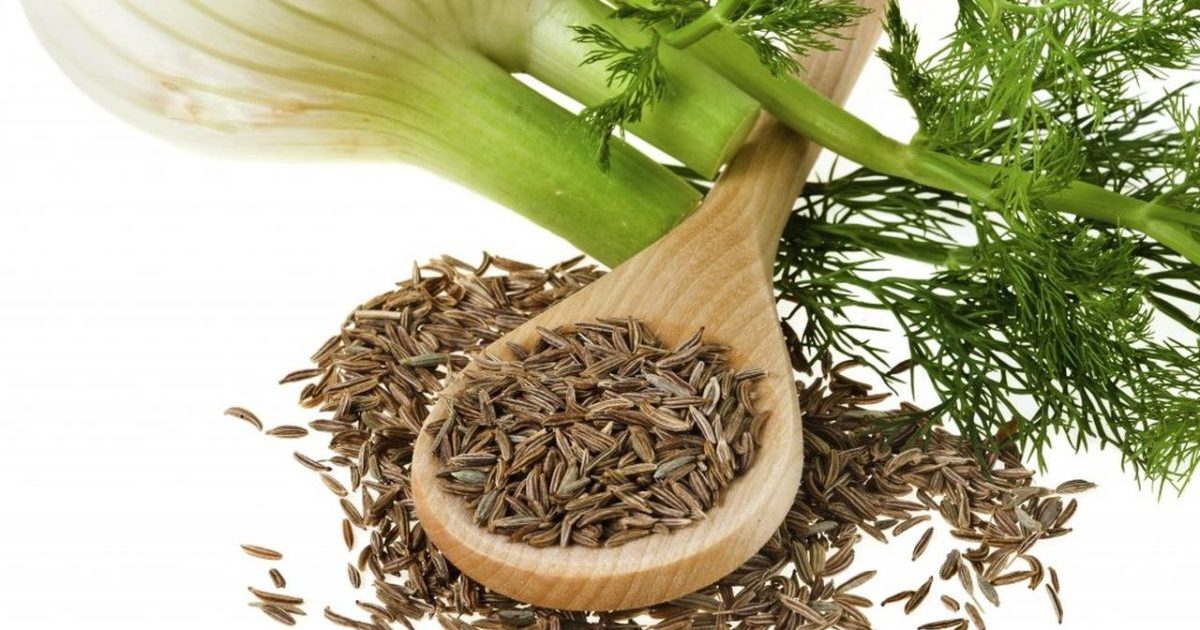 Fennel - beneficial properties and contraindications
Fennel - beneficial properties and contraindications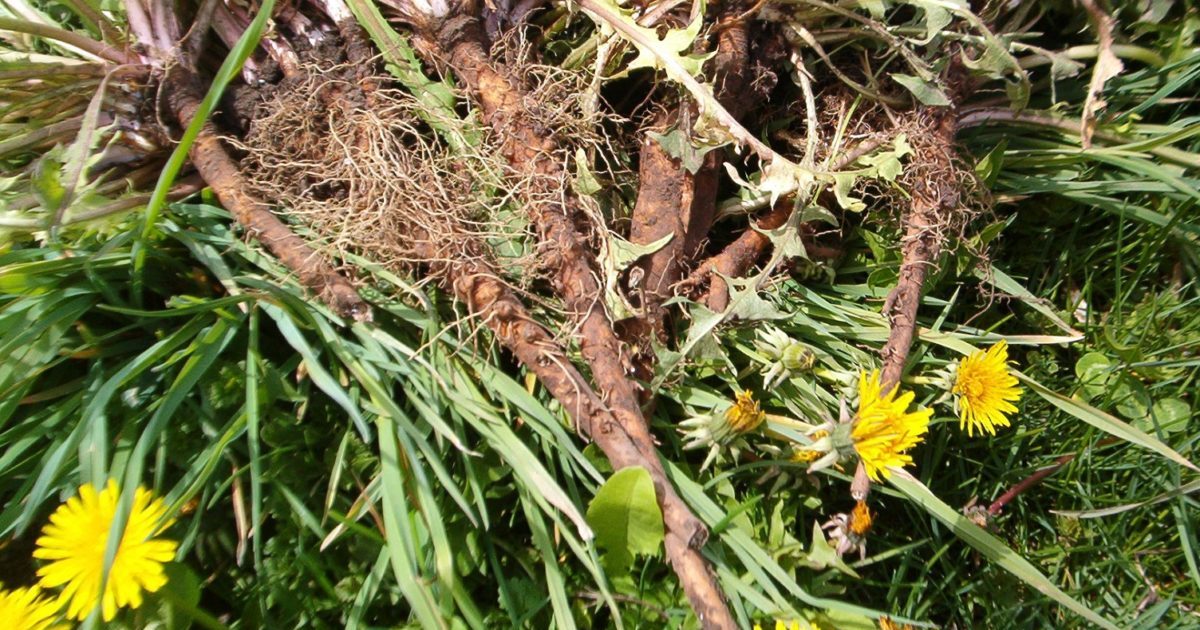 Dandelion Root - Health Benefits and Contraindications
Dandelion Root - Health Benefits and Contraindications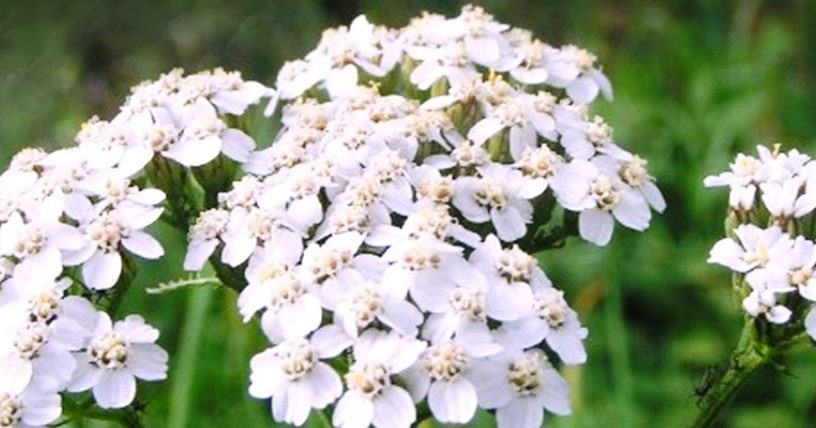 Yarrow - beneficial properties and contraindications for health
Yarrow - beneficial properties and contraindications for health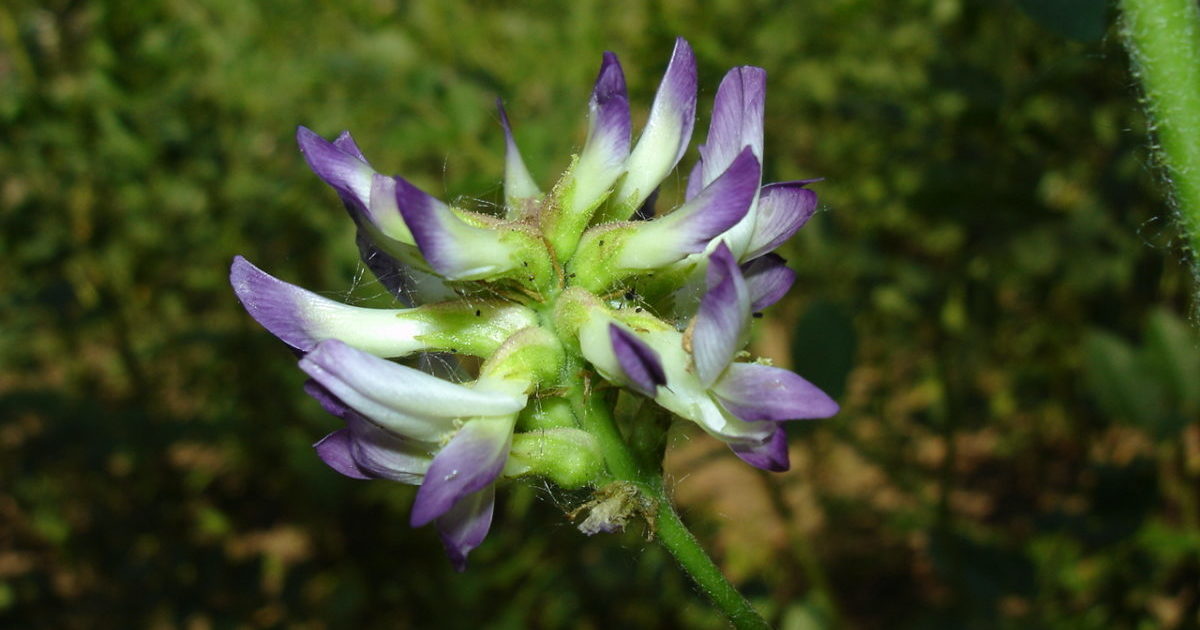 Licorice - beneficial properties and contraindications for health
Licorice - beneficial properties and contraindications for health